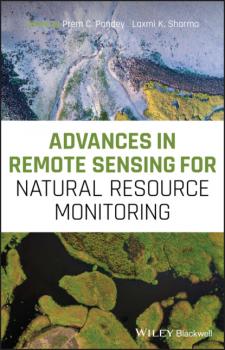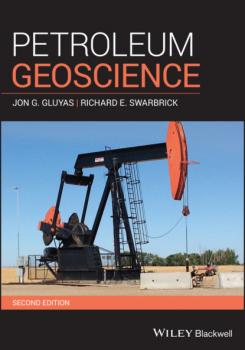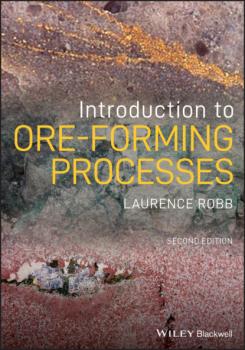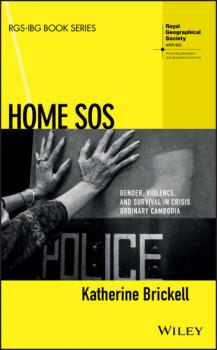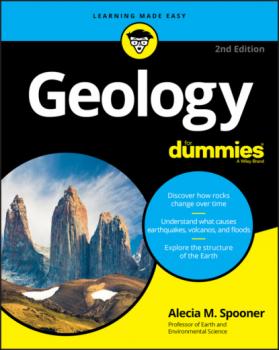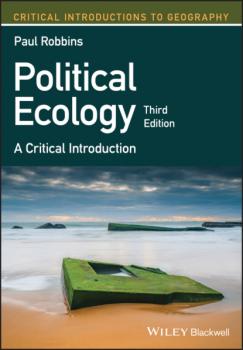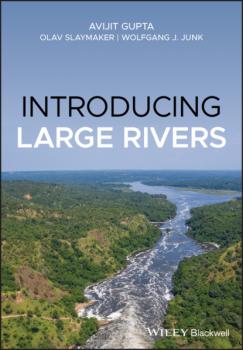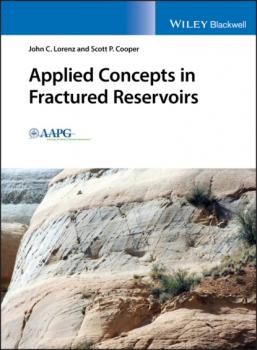География
Различные книги в жанре ГеографияBodies, Affects, Politics
This book seeks to understand the coexistence of bodily regimes and the politics that emerge from the clash between them: Presents a novel conceptual model for understanding the relationship between bodies and affects Reworks Rancière's notions of the distribution of the sensible and the aesthetic unconscious Establishes a dynamic and multiple understanding of the repressive, distributive and communicative unconscious by rethinking Freudian psychoanalysis Utilizes a variety of empirical materials, from Hollywood movies to Freud's case studies Sets its argument about politics within the context of significant social events to ensure its conceptual and empirical material is relevant to the contemporary political moment
Introduction to Ore-Forming Processes
A comprehensive account of ore-forming processes, revised and updated The revised second edition of Introduction to Ore-Forming Processes offers a guide to the multiplicity of geological processes that result in the formation of mineral deposits. The second edition has been updated to reflect the most recent developments in the study of metallogeny and earth system science. This second edition contains new information about global tectonic processes and crustal evolution that continues to influence the practice of economic geology and maintains the supply of natural resources in a responsible and sustainable way. The replenishment of depleted natural resources is becoming more difficult and environmentally challenging. There is also a change in the demand for mineral commodities and the concern around the non-sustainable supply of ‘critical metals’ is now an important consideration for planners of the future. The book puts the focus on the responsible custodianship of natural resources and the continuing need for all earth scientists to understand metallogeny and the resource cycle. This new edition: Provides an updated guide to the processes involved in the formation of mineral deposits Offers an overview of magmatic, hydrothermal and sedimentary ore-forming processes Covers the entire range of mineral deposit types, including the fossil fuels and supergene ores Relates metallogeny to global tectonics by examining the distribution of mineral deposits in space and time Contains examples of world famous ore deposits that help to provide context and relevance to the process-oriented descriptions of ore genesis Written for students and professionals alike, Introduction to Ore-Forming Processes offers a revised second edition that puts the focus on the fact that mineral deposits are simply one of the many natural wonders of geological process and evolution.
Home SOS
Drawing on 15 years of fieldwork and over 300 interviews, Home SOS argues that the home is central to the violence and gendered contingency of existence in crisis ordinary Cambodia. Provides an original book-length study which brings domestic violence and forced eviction into twin view Offers relational insights between different violences to build an integrated understanding of women’s experiences of home life Mobilises the crisis ordinary as a critical pedagogy and imaginary through which to understand everyday gendered politics of survival Positions domestic violence and forced eviction as manifestations of intimate war against women’s homes and bodies located inside and outside of the traditional purview of war Reaffirms and reprioritises the home as a political entity which is foundational to the concerns of human geography
Geology For Dummies
Get a rock-solid grasp on geology Geology For Dummies is ideal reading for anyonewith an interest in the fundamental concepts of geology, whether they're lifelong learners with a fascination for the subject or college students interested in pursuing geology or earth sciences. Presented in a straightforward, trusted format—and tracking to a typical introductory geology course at the college level—this book features a thorough introduction to the study of earth, its materials, and its processes. Rock records and geologic time Large-scale motion of tectonic plates Matter, minerals, and rocks The geological processes on earth's surface Rock that geology class with Geology For Dummies !
Political Ecology
An accessible, focused exploration of the field of political ecology The third edition of Political Ecology spans this sprawling field, using grounded examples and careful readings of current literature. While the study of political ecology is sometimes difficult to fathom, owing to its breadth and diversity, this resource simplifies the discussion by reducing the field down into a few core questions and arguments. These points clearly demonstrate how critical theory can make pragmatic contributions to the fields of conservation, development, and environmental management. The latest edition of this seminal work is also more closely focused, with references to recent work from around the world. Further, Political Ecology raises critical questions about “traditional” approaches to environmental questions and problems. This new edition: Includes international work in the field coming out of Europe, Latin America, and Asia Explains political ecology and its tendency to disrupt the environmental research and practice by both advancing and undermining associated fields of study Contains contributions from a wide range of diverse backgrounds and expertise Offers a resource that is written in highly-accessible, straightforward language Outlines the frontiers of the field and frames climate change and the end of population growth with the framework of political ecology An excellent resource for undergraduates and academics, the third edition of Political Ecology offers an updated edition of the guide to this diverse, quickly growing field that is at the heart of how humans shape the world and, in turn, are shaped by it.
Introducing Large Rivers
An accessible introduction to large rivers, including coverage of the geomorphology, hydrology, ecology, and environments of large river systems This indispensible book takes a structured and global approach to the subject of large rivers, covering geomorphology, hydrology, ecology, and anthropogenic environment. It offers a thorough foundation for readers who are new to the field and presents enlightening discussions about issues of management at the worldwide scale. The book also examines possible future adaptations that may come about due to climate change. The book has benefitted from contributions by Professor W.J. Junk on the ecology of floodplains and Professor Olav Slaymaker on the large arctic rivers. Introducing Large Rivers is presented in three parts. Part 1 provides an introduction to the world’s large rivers and their basins. It covers source, transfer, and storage of their water and sediment; Pleistocene inheritance; the ecology of channels and floodplains; deltas; and more. Several large rivers are discussed in the next part. These include the Amazon Mississippi, Nile, Ganga-Brahmaputra System, Mekong, and Yangtze. The last part examines changes in large rivers and our management of river systems. It studies anthropogenic alterations such as land use and deforestation in large river basins; structural control systems like dams and reservoirs on channels; and ecological changes. It finishes with chapters on the management of large rivers, covering both technical and political aspects, and the future of the world’s big river systems. Introducing Large Rivers is ideal as an introductory textbook on large rivers for future earth and environmental scientists and river managers. It will also benefit advanced undergraduate and graduate students studying geography, geology, ecology, and river management.
Applied Concepts in Fractured Reservoirs
A much-needed, precise and practical treatment of a key topic in the energy industry and beyond, Applied Concepts in Fractured Reservoirs is an invaluable reference for those in both industry and academia Authored by renowned experts in the field, this book covers the understanding, evaluation, and effects of fractures in reservoirs. It offers a comprehensive yet practical discussion and description of natural fractures, their origins, characteristics, and effects on hydrocarbon reservoirs. It starts by introducing the reader to basic definitions and classifications of fractures and fractured reservoirs. It then provides an outline for fractured-reservoir characterization and analysis, and goes on to introduce the way fractures impact operational activities. Well organized and clearly illustrated throughout, Applied Concepts in Fractured Reservoirs starts with a section on understanding natural fractures. It looks at the different types, their dimensions, and the mechanics of fracturing rock in extension and shear. The next section provides information on measuring and analyzing fractures in reservoirs. It covers: logging core for fractures; taking, measuring, and analyzing fracture data; new core vs. archived core; CT scans; comparing fracture data from outcrops, core, and logs; and more. The last part examines the effects of natural fractures on reservoirs, including: the permeability behavior of individual fractures and fracture systems; fracture volumetrics; effects of fractures on drilling and coring; and the interaction between natural and hydraulic fractures. Teaches readers to understand and evaluate fractures Compiles and synthesizes various concepts and descriptions scattered in literature and synthesizes them with unpublished oil-field observations and data, along with the authors’ own experience Bridges some of the gaps between reservoir engineers and geologists Provides an invaluable reference for geologists and engineers who need to understand naturally fractured reservoirs in order to efficiently extract hydrocarbons Illustrated in full color throughout Companion volume to the Atlas of Natural and Induced Fractures in Core

